Monty Don's tips on planting lilies – for a deliciously scented garden
Planting lilies will create a feast for the senses, and it couldn't be easier with this advice from the celebrity gardener

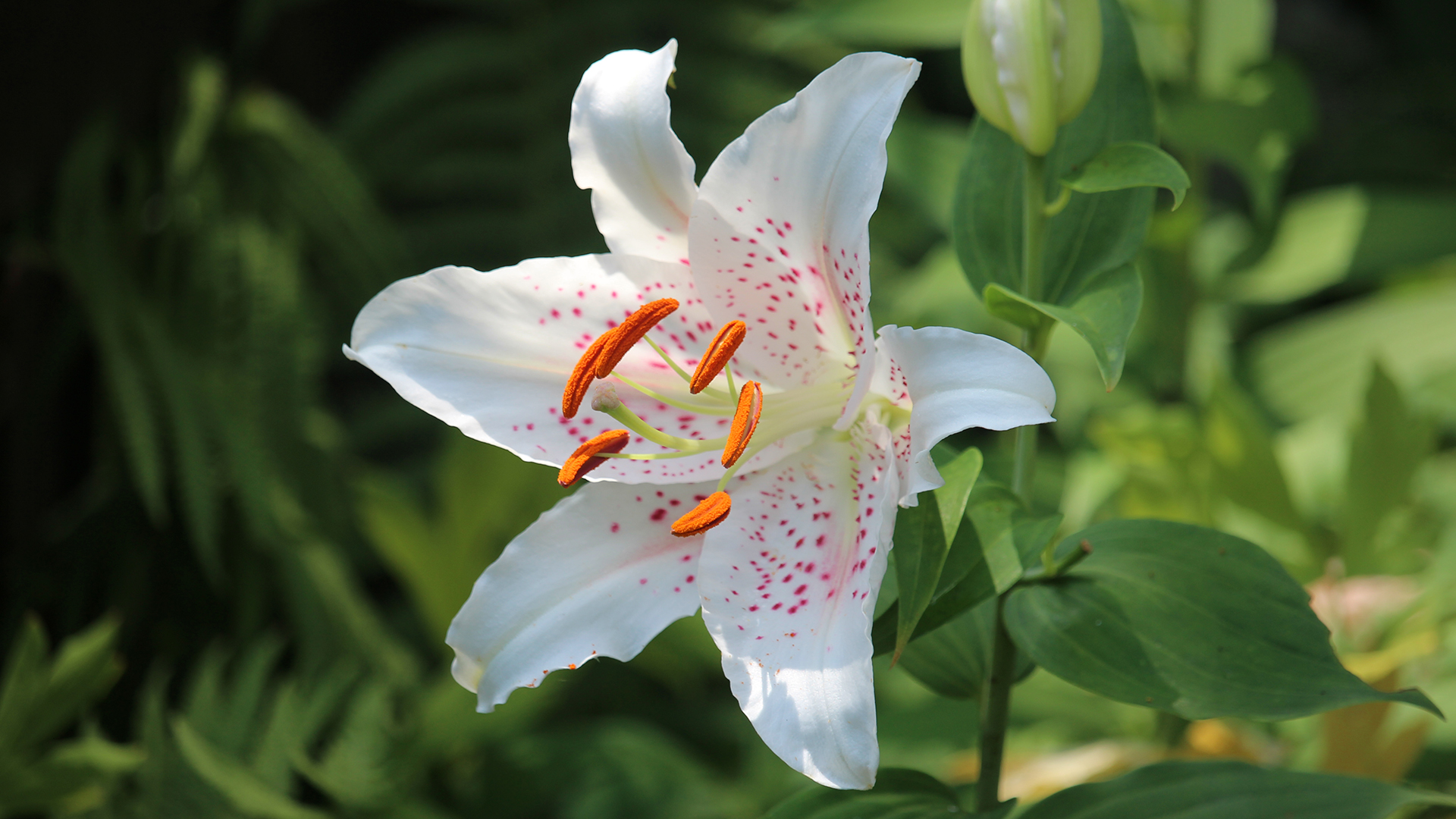
There are few flowers as exquisitely fragrant as lilies, and they look stunning when cut in a vase. So they were a go-to choice for celebrity gardener Monty Don when creating a scented area in his own garden at Longmeadow. Follow his essential advice on planting lilies to enjoy these heavenly blooms this summer.
See: Backyard ideas – decor inspiration for outdoor spaces
‘I think it is essential to garden for all the senses, and although everyone loves a delicious fragrance, most of us don’t plant specifically for scent quite enough – exclusively plants that give the best fragrance for as long as possible throughout the year. Make a start by planting lilies in pots,’ he says in an episode of BBC Gardener’s World.
Lilies are summer-flowering bulbs, and are best planted in the spring, before the end of April. However, they can also be planted in fall and winter.
In his book, The Complete Gardener, Don explains that lilies can be divided into three main groups:
- Species, such as Lilium Martago, L. Regale and L. Candidum
- Asiatic hybrids – which usually bloom earliest
- North American – mostly Oregon hybrids
‘All lilies have bulbs with open scales like a half-opened artichoke,’ he says.
See: Monty Don's beautiful Longmeadow garden in Herefordshire
Design expertise in your inbox – from inspiring decorating ideas and beautiful celebrity homes to practical gardening advice and shopping round-ups.
Planting lilies
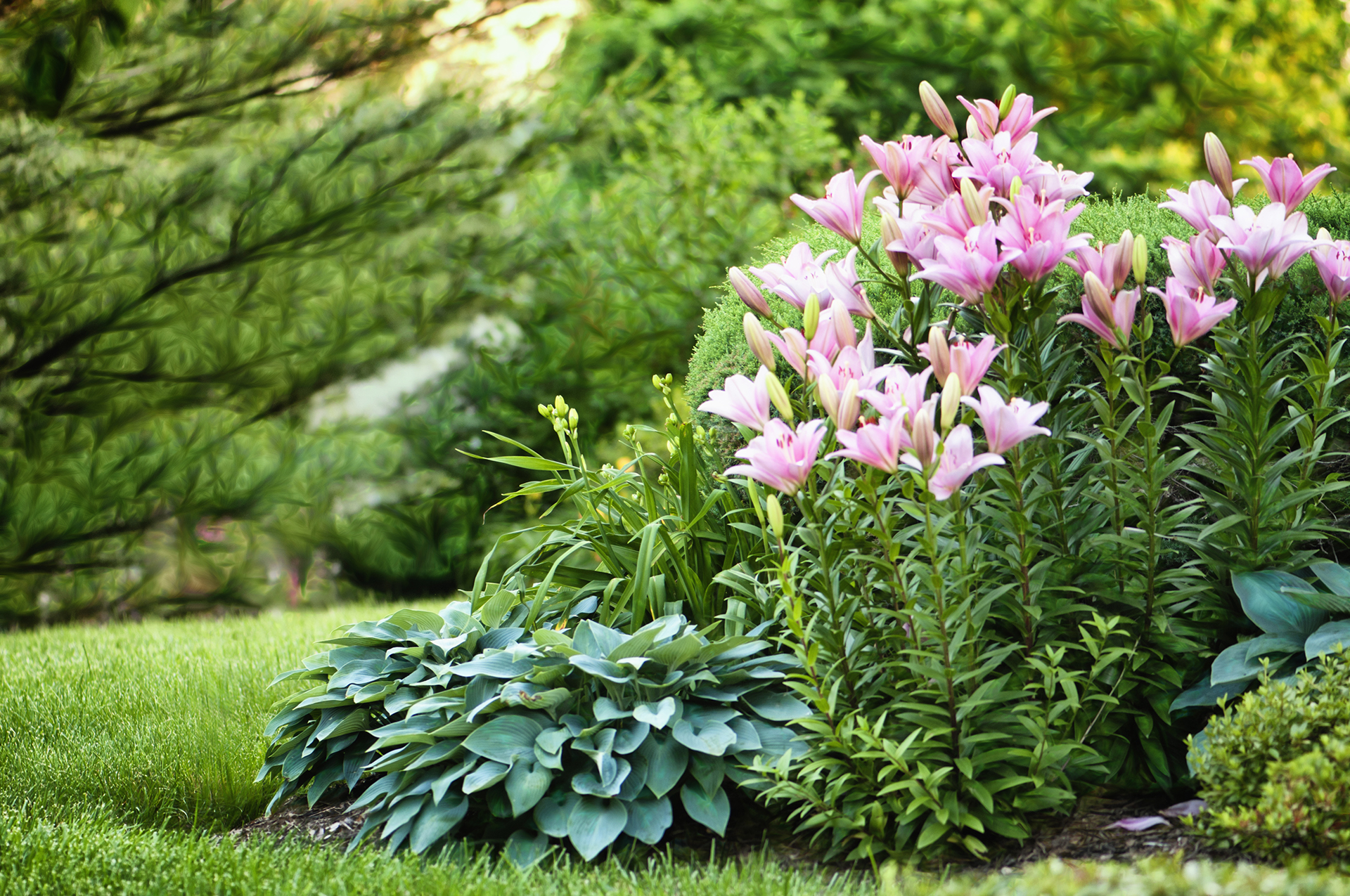
While lilies can grow quite happily in the ground, Don recommends this is only the best option if you have slightly acidic, loose soil. ‘If you've got alkaline soil it’s probably a good idea to grow scented lilies in pots because they don’t really like alkaline soil,’ he says in his video demonstration.
‘Special compost is not essential because they will grow, but if you can, get either an ericaceous compost or bracken based.’ He also suggests lilies do well in a wool-based compost.
In his video, Don uses a mixture of leaf mould, ‘which I find lilies love’, some proprietary compost, a little bit of wool compost, and some garden compost, all mixed in together.
He warns, however, not to skimp on the container size. ‘You need a nice big pot. You can buy specific lily pots which are splayed outwards.’ Invest in a 1.5 gallon pot or bigger, for three bulbs, to ensure abundant flowering.
As drainage is so important, Don puts a broken piece of terracotta into the bottom of his container, before filling it with compost. He then plants the bulbs 4-6 inches deep.
See: How to grow dahlias – a step-by-step guide
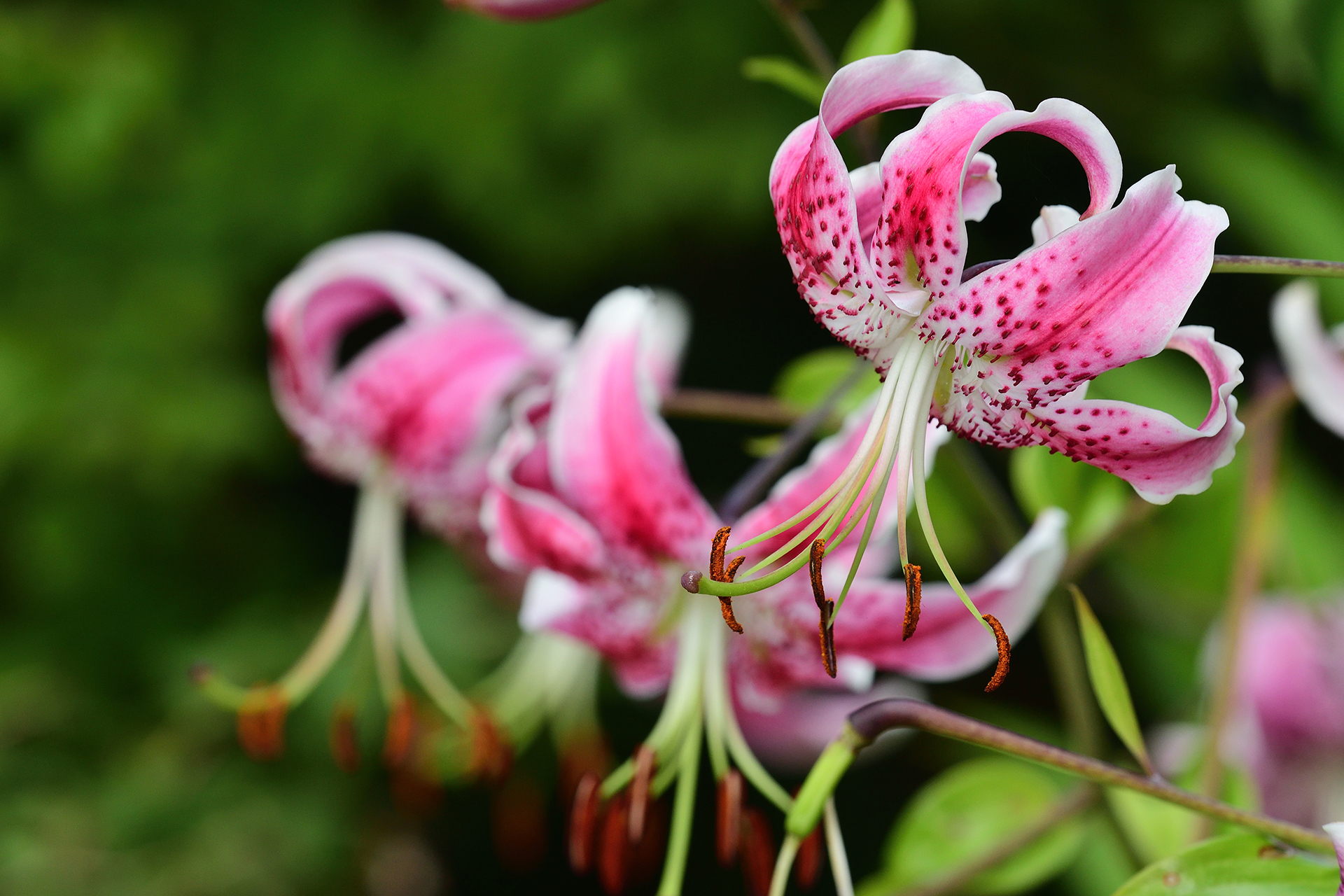
After planting lilies, put the pot outside 'somewhere vaguely sheltered where it doesn’t need feeding, shouldn't need watering – rain will do the job – until it starts to grow,' says Don.
When the lily reaches about a foot in height, put it into position. 'It will start to flower towards the middle of June and give me six weeks or so of glory,' he says.
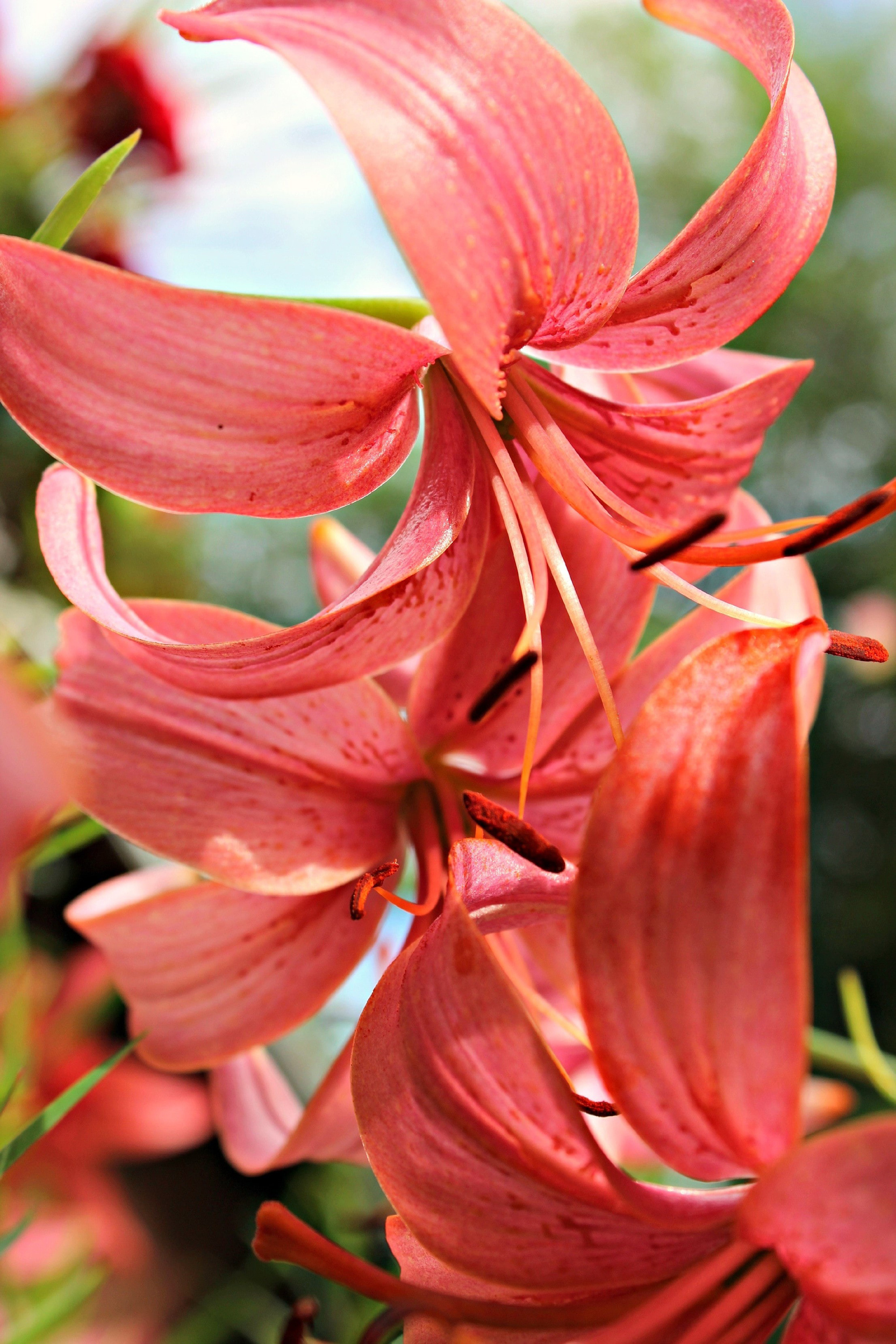
Most lilies grow best in full sun, in loose, well-drained soil. Once in flower, feed lilies fortnightly with tomato feed.
You should deadhead spent blooms, but the foliage should be left to die back naturally after flowering.
After a few years, lilies will begin to form clumps, so you will need to divide the bulbs and propagate them.
Best lily to grow
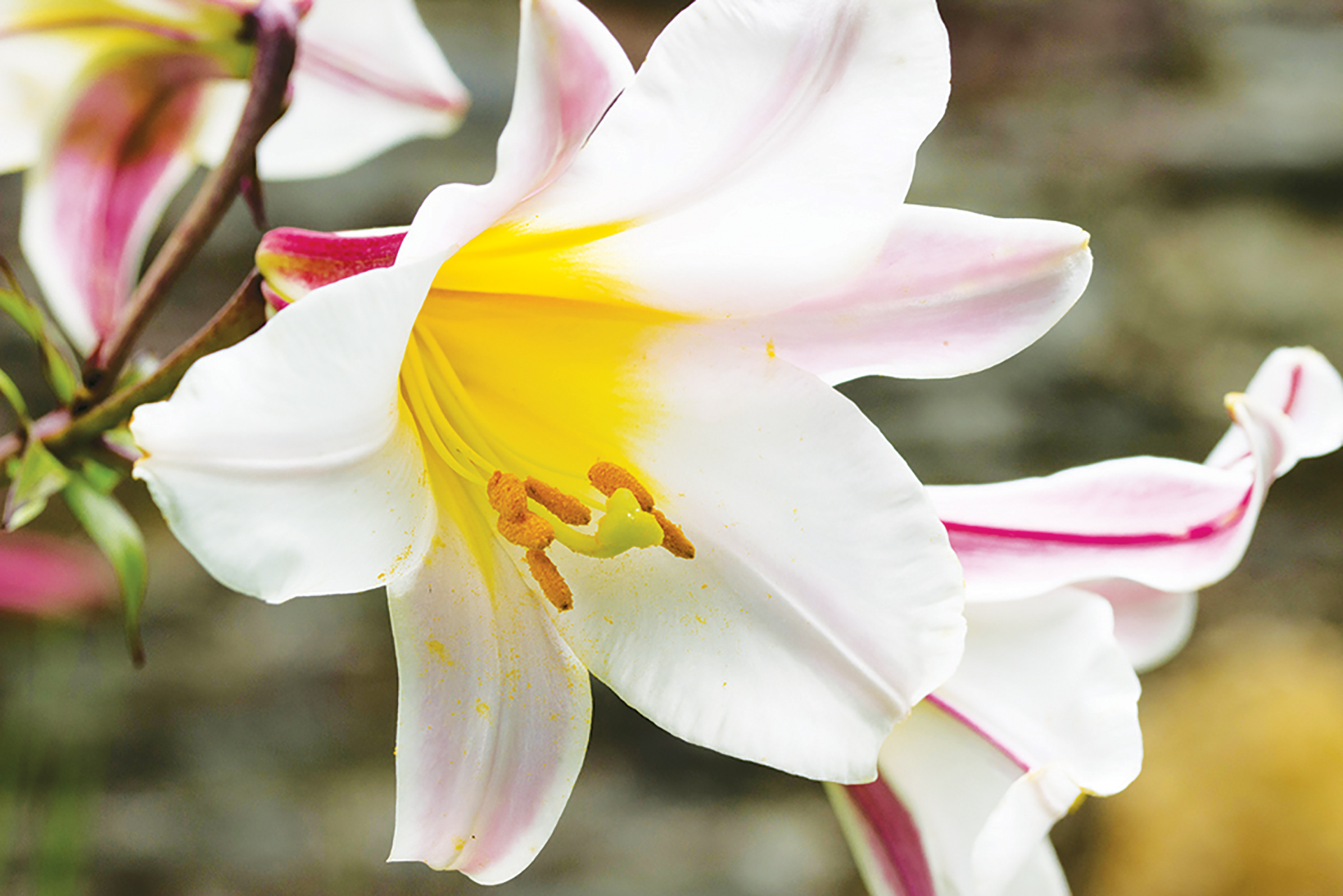
Monty Don's lily of choice for containers is Lilium Regale (above) – ‘One of the most popular lilies of all because not only has it got these beautiful white flowers flush with a bit of pink, but also the fragrance is exquisite,’ he says.
See: How to plant roses – an essential guide
‘If being a gloriously beautiful flower and having one of the best fragrances in the whole of the floral encyclopedia wasn’t reason enough to grow Lilium Regale, the fact that it’s pretty resistant to lily beetle should clinch it.’
Lily beetle and its larvae will eat the leaves of lilies, spoiling their appearance and potentially resulting in undersized bulbs that can stunt flowering.

Melanie has worked in homes and gardens media for two decades. Having previously served as Editor on Period Living magazine, and worked on Homes & Gardens, Gardening Etc, Real Homes, and Homebuilding & Renovating, she is now focusing on her passion for gardening as a Senior Editor at Gardening Know How. As a keen home grower, Melanie has experimented with pretty much every type of vegetable at some point – with mixed results. Often it is the simplest things that elude you, which may explain why she just can't seem to master zucchinis.